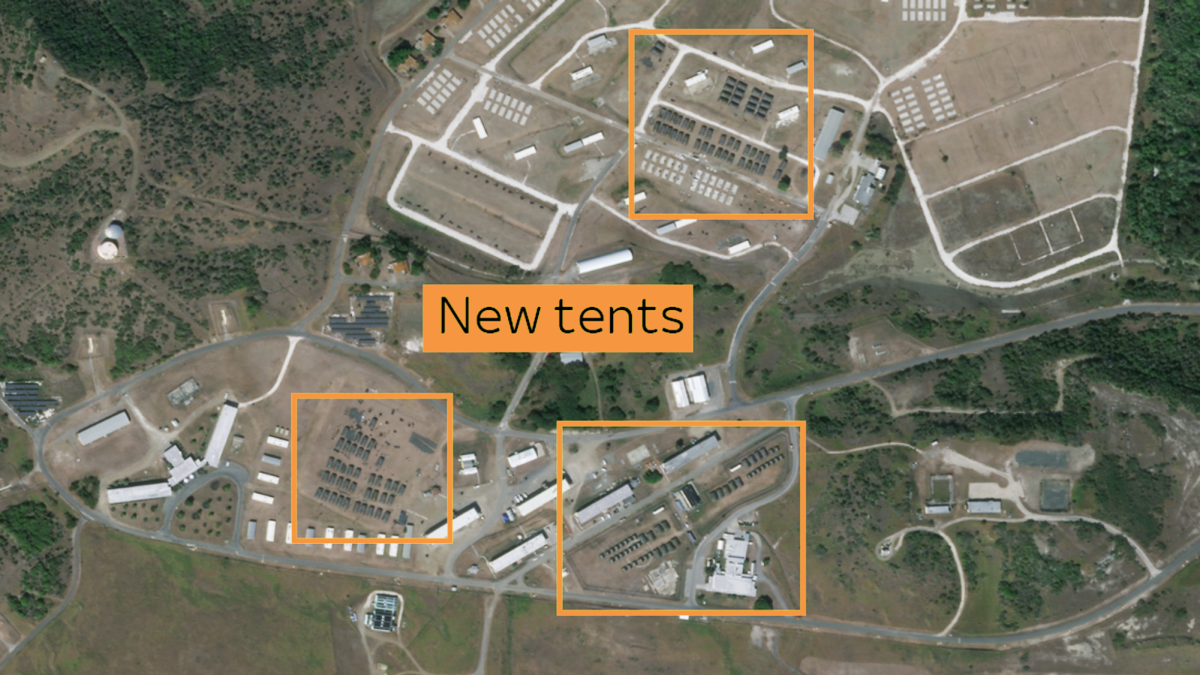Late September, Category 4 tropical cyclone Hurricane Helene unleashed destruction on the southeastern United States. On Sep. 26, Helene made landfall near Perry, Florida, becoming the strongest storm to have ever hit North Florida’s Big Bend region. Over the next several days, the hurricane left a devastating trail across multiple states, leaving many communities struggling with rebuilding efforts.
Helene began forming on Sept. 22. By Sept. 24, it had consolidated into a tropical storm as it moved across the Gulf of Mexico. Within 48 hours, the National Hurricane Center began issuing warnings across Florida and Georgia of a Category 4 hurricane, with winds exceeding 140 mph. The hurricane weakened along its path through Georgia, North Carolina, South Carolina, Virginia and Tennessee, where it dissipated on Sept. 29.
Governors in aforesaid states declared states of emergency in response. Over 60 counties in Florida were put under evacuation orders. Schools, airports, and public services were shut down as millions were evacuated from low-lying areas. Other impacted services include state parks, the SpaceX Crew-9 mission, Mickey’s Not-So-Scary Halloween Party, Walt Disney World and many universities in the Florida region.
As of October, the official death toll of Hurricane Helene has exceeded 230, with over 600 people reported missing and still unaccounted for, making Helene one of the deadliest hurricanes in American history. Florida suffered the brunt of the destruction, as floods and winds devastated regional infrastructure. Extensive loss of infrastructure led to power outages across several states, affecting at least 4 million people according to the Omaha Public Power District.
Farther inland, states including Georgia and the Carolinas experienced extreme flooding and tornadoes. Atlanta saw its highest rainfall total in over a century, which led to severe urban flooding that trapped residents in their homes and vehicles. North Carolina currently accounts for the highest number amongst total deaths caused by the hurricane, with an estimated 91 dead and 200 missing. Tennessee experienced extreme flooding and power outages despite the storm having weakened along its course, as 85 people remain missing as of Oct. 1.
Estimates place the total damage from Hurricane Helene at a staggering $38.5 billion, with Florida accounting for over $20 billion. Key supply chains of fuel and food were disrupted, and power loss and restoration costs have been extremely expensive. Total economic loss is estimated by AccuWeather to cost over $225 billion, making Helene one of the costliest hurricanes in American history.
Recovery has been an ongoing effort. As of Oct. 1, the Federal Emergency Management Agency (FEMA) has distributed 6.5 million liters of water and 7.1 million meals in affected areas. The Omaha Public Power District has been steadily aiding in recovering lost power grids and SpaceX has reported over 500 donated Starlink terminals.
Additionally, major sports leagues such as the NFL, MLB, NHL and NBA have donated millions towards relief.
In the aftermath of Hurricane Helene, tensions flare as presidential candidates Donald Trump and Kamala Harris become central figures in debates over the government’s response to the disaster. Trump was first to criticize the Biden Administration for inadequate and inefficient allocation of funds, additionally accusing President Biden of slowness to react despite contentions otherwise.
Similarly, Vice President Kamala Harris was accused by Florida Governor Ron DeSantis of being first to politicize the storm. Harris has pushed back claims of partisanship in governmental aid and deemed the Florida Governor “utterly irresponsible” for political banter amidst the ongoing crisis.
As the nation continues grappling with recovery, many are struggling to rebuild their communities. Beyond political finger-pointing, resilient governmental responses are effectively minimizing and relieving the harms dealt by Hurricane Helene.

























